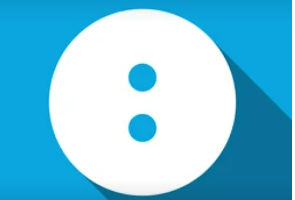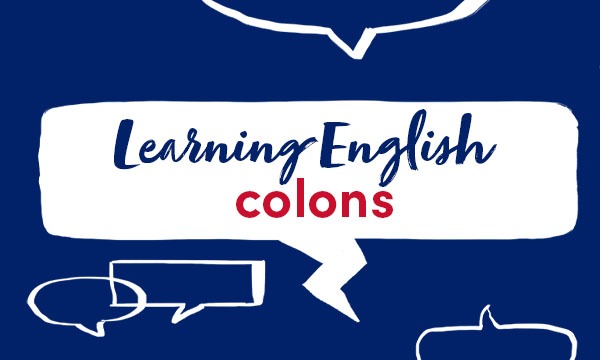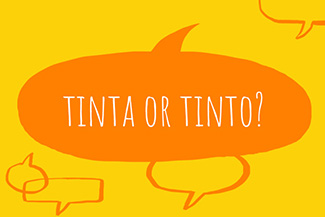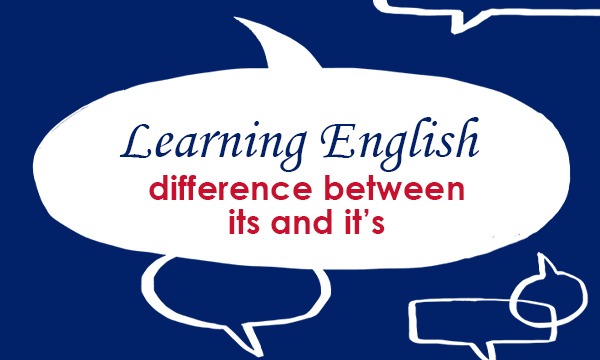
The colon indicates a break between two main clauses which is stronger than a comma but weaker than a full stop.
A colon is used:
- in front of a list
I used three colours: green, blue and pink.
Make sure you wear clothes made from natural fibres: cotton, silk and wool.
- in front of an explanation or a reason
Nevertheless, the main problem remained: what should be done with the two men?
I decided against going away this weekend: the weather forecast was dreadful.
- after introductory headings
Cooking time: about five minutes.
Start time: 10 o’clock.
- in more formal writing, between two main clauses that are connected
It made me feel claustrophobic: what, I wonder, would happen to someone who was really unable to tolerate being locked into such a tiny space?
Be patient: the next book in the series has not yet been published.
- in front of the second part of a book title
Farming and wildlife: a study in compromise.
Beyond single words: the most frequent collocations in spoken English.
- to introduce direct speech, especially in American English, or when the quotation is particularly long.
He said: ‘You owe me three dollars and twenty-five cents.’
The Health Minister said: ‘The NHS I.T. programme will mean that patients will get access to more comprehensive information to help them make choices.’
For further information on English Grammar, visit: https://grammar.collinsdictionary.com/easy-learning
Come back for other blogs on using English in everyday situations:
https://blog.collinsdictionary.com/language-learners/learning-english
All opinions expressed on this blog are those of the individual writers, and do not necessarily reflect the opinions or policies of Collins, or its parent company, HarperCollins.



